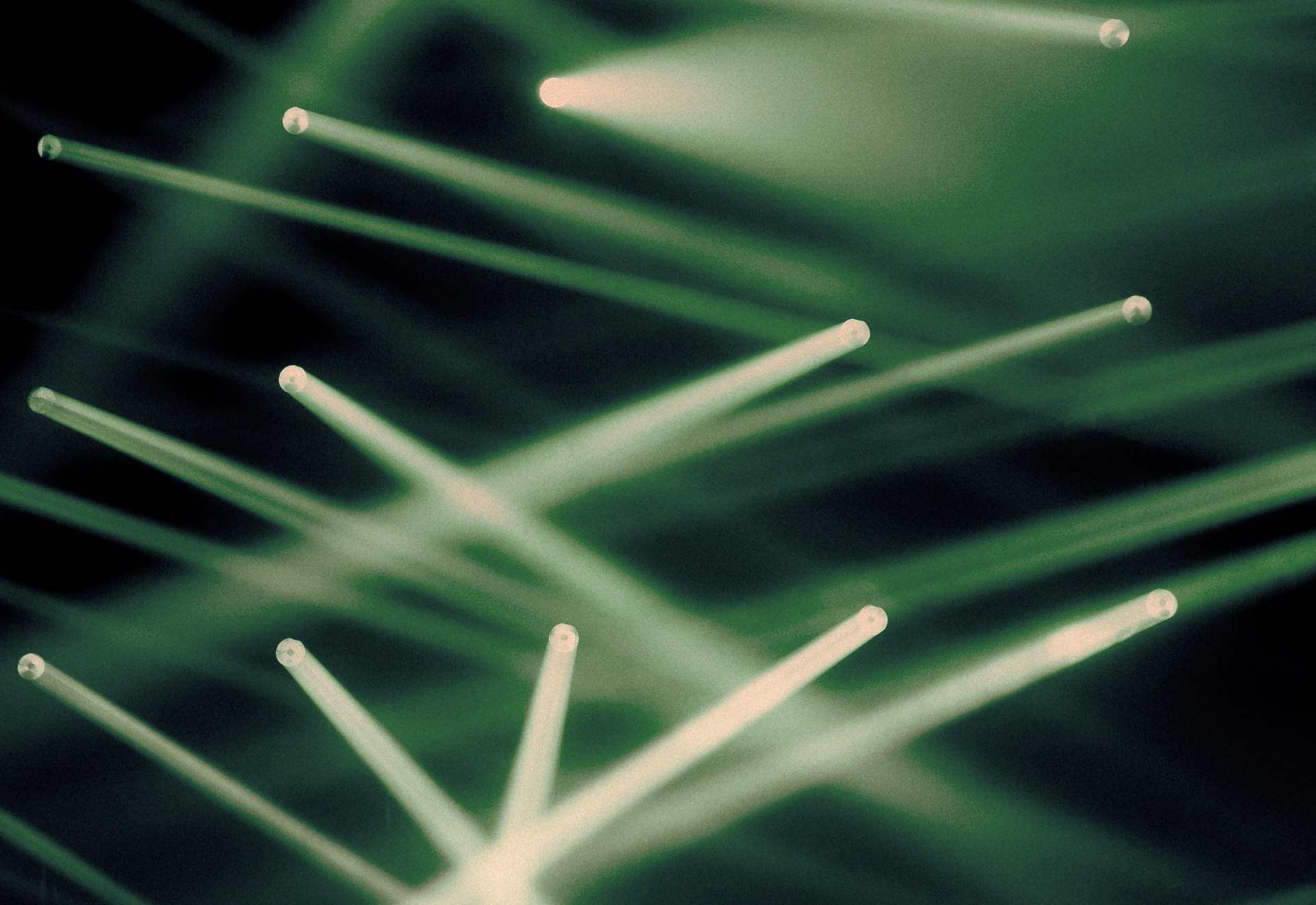
Interface KeyAqua with third party IT-systems
In the modern water business the amount of information created every day is increasing and getting more complex. Good interface makes all the difference.
Technology companies like IoT (Internet of Things) and remote metering manufacturers are creating new ways to collect measurement data from the water-, sewer- and stormwater networks. The amount of data collection devices is growing exponentially all the time and new services are introduced. This creates new kind of possibilities to water company to analyze the network status, but it also creates challenges regarding data management and data flow between different systems. So how to manage and use all collected data efficiently? How to ensure data flow between systems and make sure that you have necessary data in right place available for all stakeholders?
If we take deeper look to modern water company hardware and software solutions, it includes lot of different devices and software solutions, data sources and other systems. Most common ones are Scada systems to manage and follow network automation and pumping systems, customer relationship management systems to manage customers and billing, remote metering systems to collect flow and pressure information from consumers and main duct lines, hydraulic modeling softwares to help personnel to understand network behavior when different scenarios happen, many different IoT devices to collect important data and also other public and private data sources. All this huge amount of constantly updated data makes possible to create very deep analysis and visualizations how to improve water network maintenance and planning. This also enables possibility of using for example water balance calculation to locate leaks and improve network performance. All this makes possible to provide high quality and cost-efficiently produced drinking water to end users now and in a future.
Sounds like possibilities are endless, right? Sometimes big data comes also with big challenges. How to integrate all systems including necessary data and make sure that information is moving from one system to another as it should. When data is utilized correctly and efficiently, all water company's operations can be made more efficient. There are few things what is good to know about technical implementation of interfaces and integration before we can use all systems full potential and avoid most common pitfalls.
Before requesting integration offers from different software suppliers, it is good to understand what kind of end result is wanted and why integrations are needed at all. Good way to start is to define few most important use case descriptions how everything should work from end user point of view. What is the problem what this user is trying to solve? What results user is trying to get and why? Is there variation between what data different users need? From software and technology supplier point of view there can be ten or even hundreds of different ways to implement interfaces with different data content. This also means that the amount of work needed for technical implementation can vary significantly based on customer need and this has huge effect on cost level. Some interfacing solutions can be ready out of the box and they are fast and easy to implement, some solutions might require more analysis together with all stakeholders like customer and other software vendors to create technical specification before project can be started and solution implemented.
World is full of different software solutions, standards, system versions, data models etc. but many modern systems nowadays offer various interfaces for integrations between other IT-systems. For example, when two software solutions both have REST API (interface) it does not necessarily mean that they are compatible with each other out of the box. Interfacing might require for example some data mapping due to different data models. In these cases, it is very important to understand use cases so software suppliers can figure out best and most cost-efficient way to connect these two systems and use data in an efficient way. Of course, sometimes software solutions are compatible with each other out of the box if identical solution has been already implemented and productized. This should be verified from software supplier before actual implementation to reduce the risks of not getting suitable end results.
When interfaces are on place and data is flowing between systems, then system and interface performance becomes important topic and this can also include some pitfalls. Use case description and performance analysis should always be considered very important part of planning project before anything is implemented. There is a big difference in performance when the amount of data which is moved through interface is small and update process is executed once a week by one user. If use case is very different such as constant data mass extraction from Geographic Information System (GIS) by several users at the same time when the amount of data is big, then also technical solutions needs to be redefined and this means that costs involved can be higher.
KeyAqua GIS offers different interfaces such as REST API, WFS (Web Feature Service) and WMS (Web Map Service) which are widely used in many geographical information systems. So, what interface to implement when customer is wanting to connect KeyAqua with their existing Customer Relationship Management (CRM) -system? To find most cost-effective interfacing solution which covers specific needs, one to one open discussion with customer is needed to understand use cases. There might already be productized solution which is ready and easy to implement but this is not always the case. Software suppliers can often provide their so called default REST API to end user without any understanding of use cases but this usually includes risks for implementing bad solutions. If interfaces are offered and implemented by software supplier without understanding of customer need and use cases, the risk that interfacing solution does not work in real life as expected is very high.
Interfacing systems might sound complex projects sometimes, but software suppliers can figure out technical implementation as long as customer is able to define what kind of end result is wanted and why they want to use interfaces. Use case descriptions are highly valuable in these cases and open discussion between stakeholders helps significantly when creating these descriptions.
These technical solutions where data is moved between systems enables more and more possibilities to customers and partners to enhance existing water supply network related data by combining several different data sources and use special data management tools like FME to manipulate and enrich data. Information from all sources can be imported for example to special reporting tools to create highly advanced reporting and visualizations for water company management. Of course, this requires technical knowhow but for skilled professionals these possibilities are endless to create new kind of services, insights and forecasting. Interfaces and special data management tools can be used for creating added value services to end customers like customized reporting with heatmaps for highly special needs, data quality checks and improvements to maintain coherent data for detailed reporting, data enrichment and other improvements.
To recap everything, when interfacing IT-systems becomes topical, there should always be clear and detailed descriptions available how two systems should work together. This helps end user, software suppliers and other stakeholders to understand how to implement solutions in a cost-effective way with excellent end results. Open discussion how to implement interfaces is the key to excellent end results.


.jpg)
